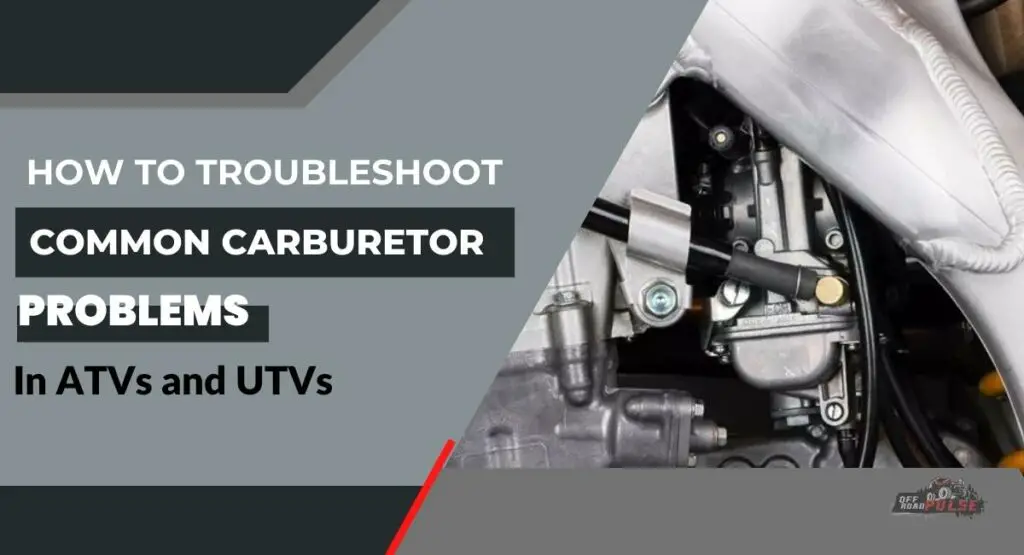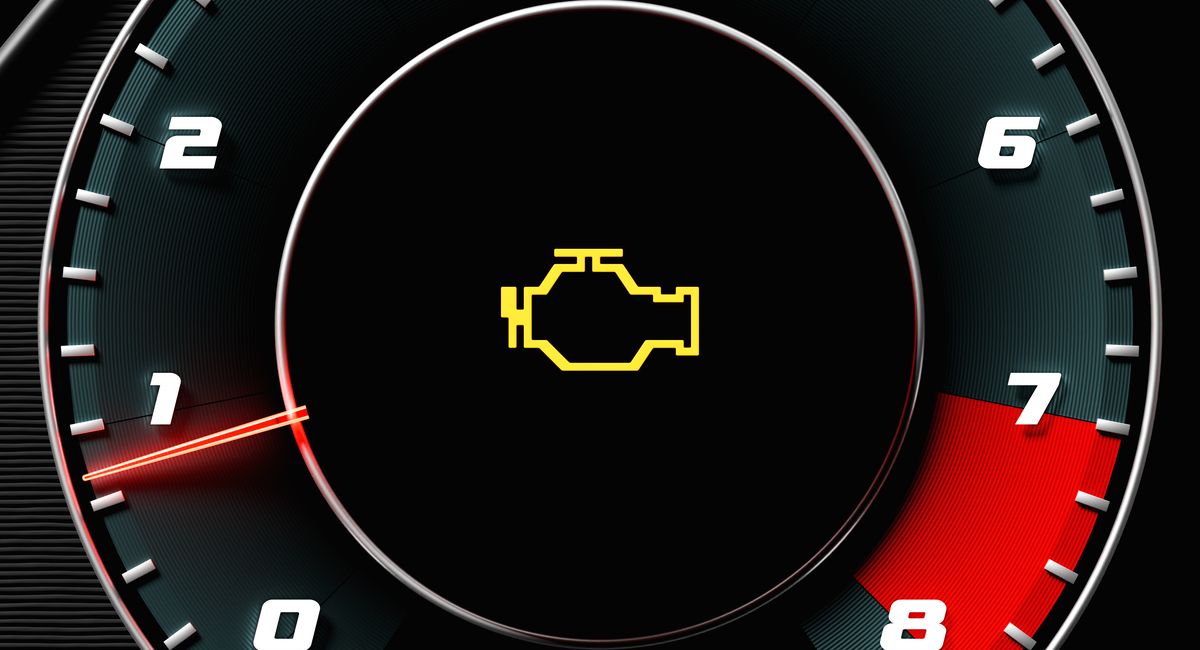Troubleshooting vehicle issues like a faulty carburetor can be daunting, especially if you’re not a mechanic. The last thing you want is to do hit-and-miss with your ATV and UTV. This can cause more damage to your vehicle and take more bucks off your savings.
Not to worry, I’ve got you covered. In the next few sections, I’ll walk you through all you need to troubleshoot common carburetor problems you might encounter like a pro.
What more?
I’ll also show you several DIY-friendly ways to fix these issues yourself. Get into the DIY spirit, roll your sleeves, and let’s make magic together. Here we go!

Common Issues with Carburetors
Below are six common carburetor issues and their solutions:
Clogged or Dirty Carburetor
When a carburetor gets clogged or dirty, it can affect the performance of your ATV or UTV. The accumulation of dirt, debris, and varnish in the carburetor’s small passages can restrict the flow of air and fuel mixture through the vehicle.
The easiest way to diagnose this problem is to watch how long your machine takes to start and the engine’s sound while the vehicle is working. Your vehicle may experience reduced power and difficulty starting.
A clogged carburetor is similar to breathing through a blocked nose — it hampers the smooth flow of air and fuel, affecting the engine’s performance.
Solution: Clean the carburetor jets, passages, and float bowl with a carburetor cleaner or solvent. You can use a small wire or compressed air to remove stubborn clogs. Also, regularly inspect your carburetor’s fuel filter and replace it when necessary.
Improper Carburetor Adjustment
The carburetor in your utility vehicle has several screws and settings that determine the fuel and air mixture amount. If there’s something wrong with the settings, you can expect the carburetor to malfunction.
For example, running too rich (excess) fuel can cause black smoke, foul spark plugs, and sluggish acceleration. Conversely, running too lean (insufficient) fuel can result in overheating, engine damage, and poor throttle response.
If you notice any of these in your vehicle, be sure you have a carburetor adjustment issue to deal with.
Solution: All you need to do to fix this is to adjust the mixture screw. Turn it clockwise to lean the mixture or counterclockwise to enrich it. You may need to make small adjustments and test the engine’s performance until you find the optimal setting.
Faulty Carburetor Float
Another common carburetor issue to watch out for is a faulty carburetor float. The carburetor float helps to regulate the fuel level inside the carburetor bowl. A faulty float can cause various problems, and here are the signs to watch out for:
- A stuck or sinking float often leads to a fuel overflow, causing leaks and potentially creating a fire hazard.
- A float that fails to rise properly may restrict the fuel supply, leading to engine flooding or preventing the engine from starting at all.
You can think of a faulty carburetor float as a faulty sink valve that causes a constant overflow or blocks the water flow completely.
Solution: Simply readjust the float. But before jumping into the do-it-yourself spirit, check the manufacturer’s specifications in your vehicle manual to determine the correct float height for your vehicle. Then, adjust the float accordingly, ensuring it rests parallel to the carburetor body when the carburetor is inverted.
Worn-out Carburetor Needle and Seat
The carburetor needle and seat control fuel flow into the carburetor bowl. Over time, these components can wear out, resulting in fuel leakage. This problem is akin to a faulty tap dripping water even when it should be closed tightly.
A worn carburetor needle/seat is not hard to diagnose. When your ATV/UTV’s carburetor needle and seat are bad, you can expect to see one or more of the following signs:
- Fuel dripping from the carburetor
- Poor fuel economy, and
- An overly rich fuel mixture.
Solution: Examine the carburetor’s needle, seat, and fuel lines for any signs of wear or tear. Next, replace any damaged parts promptly to ensure proper fuel delivery.
Air Leaks
Besides the four issues discussed above, air leaks are another common culprit you can’t ignore if you suspect your machine’s carburetor is faulty. Nine out of ten times, air leaks are caused by worn-out gaskets and loose connections around the carburetor.
These leaks allow additional air to enter the carburetor, disrupting the proper fuel-to-air ratio. Consequently, your ATV or UTV may experience erratic idling, difficulty starting, and decreased overall power and performance.
Have you ever tried to blow up a balloon with a small hole in it? Such would be pretty hard to inflate, right? That’s exactly what happens to your carburetor when there are leaks.
Solution: Inspect your carburetor gasket for wear and loose connections. If you sight any, replace the damaged parts.
Sticking Choke
The choke is a mechanism that regulates the air-to-fuel mixture during cold starts. If the choke becomes stuck in the closed position, it can produce an excessively rich fuel mixture. This can lead to hard starting, rough idling, and black smoke from the exhaust.
Solution: Have an expert ATV/UTV mechanic check your vehicle to avoid doing hit-and-miss. They will adjust the choke positioning or replace the damaged parts (if necessary).
Conclusion
If you ever believed that troubleshooting ATV/UTV carburetor problems is tough, above are six DIY-friendly tricks you can deploy. Follow the steps to diagnose carburetor problems, fix them like a pro, and enjoy countless adventures on the trails.
Start with the basics and work your way up. Should the problem persist, you may need to seek the assistance of a qualified local mechanic.


![How to Keep Mud from Sticking to UTV [Proper Guide] How to Keep Mud from Sticking to UTV](https://offroadpulse.com/wp-content/uploads/2022/09/Problem-with-Mud-for-utv.jpg)

